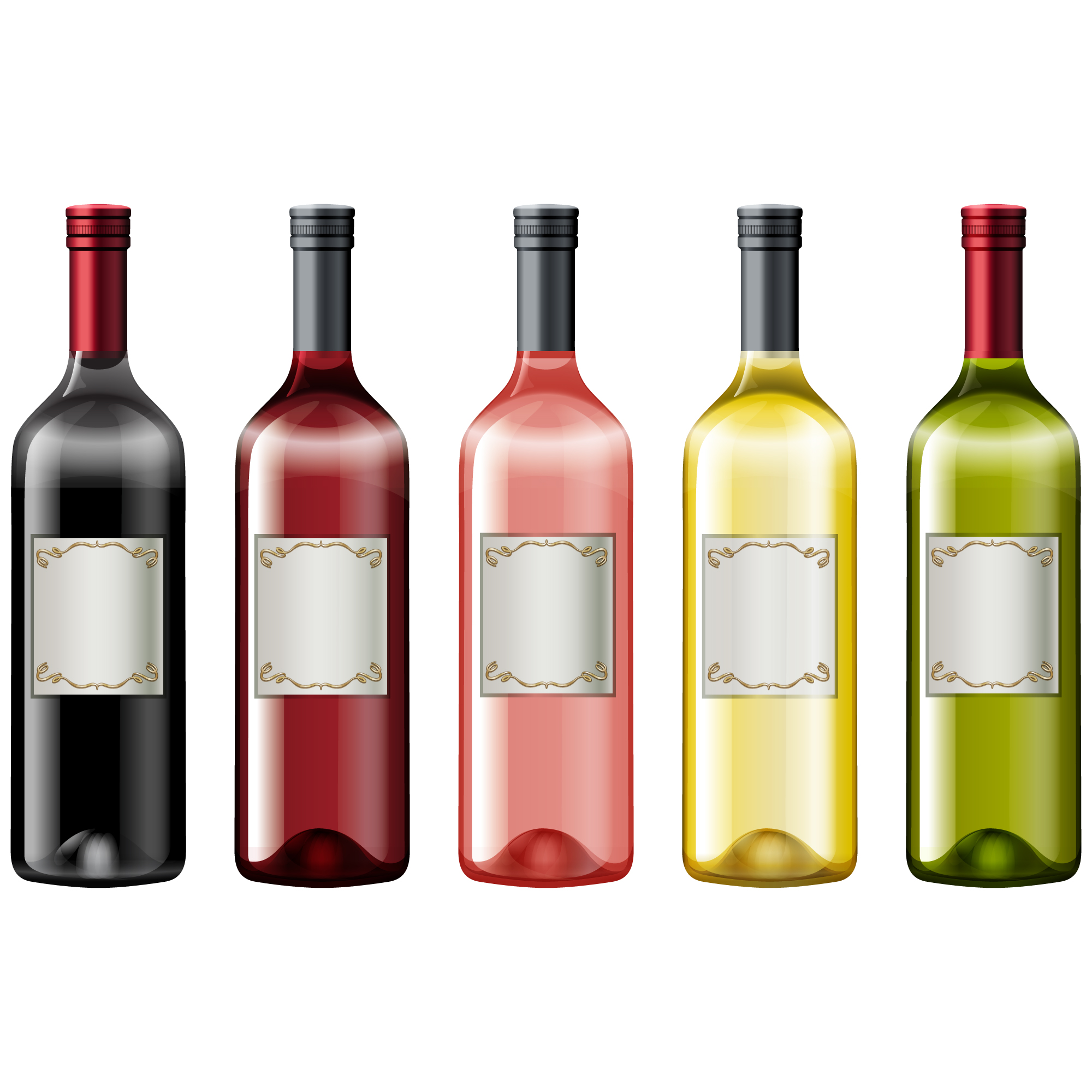Evolving Standards: Navigating the Impending EU Wine Labeling Changes

Prepare for a significant shift in the landscape of wine labeling within the European Union. Commencing on December 8, 2023, the enforcement of Regulation (EU) 2021/2117 is set to reshape the information displayed on wine labels. Agrovin stands as a reliable guide, offering a comprehensive White Paper to assist wineries through these transformative adjustments.
The New Requirements
From December 8 onward, all wine labels within the EU must adhere to a standardized format, incorporating four critical elements: energy value, allergen information, nutritional declaration, and a meticulous list of ingredients. Notably, wines produced and labeled before this date are exempt from these changes, allowing them to be sold until stocks run out without modifications.
Understanding Additives
Agrovin’s White Paper serves as an invaluable resource, clarifying which ingredients, additives, and adjuvants need to be labeled. Acidity regulators, preservatives, antioxidants, stabilizers, and allergens must be listed on the label. This move is aimed at enhancing transparency without overwhelming consumers.
Consumer Trends and Health
The new regulations align with the growing consumer demand for transparency and health consciousness. Laurent Chancholle, a respected oenologist, emphasizes the importance of transparency for consumers in a globalized market. The nutrition declaration, focusing primarily on energy value, aims to meet consumer expectations and adhere to established food industry standards.
QR Codes and Transparency
The industry is leaning towards incorporating QR codes on wine bottles to provide detailed information, including ingredients and nutritional values. European industry organizations are working together to create a collective platform for compliance, demonstrating a commitment to transparency and consumer needs.
Consequences for Producers
While the regulations bolster consumer transparency, they pose challenges for producers. The need to modify labels and educate distributors may increase expenses. Additionally, consumer preferences may shift, favoring producers who use fewer additives. The ramifications extend beyond European borders, influencing markets globally, from the United States to Canada and the United Kingdom.
Anticipating Future Regulatory Developments
The evolving wine label regulations within the EU foreshadow potential future changes in the global alcohol industry. Agrovin’s White Paper addresses these changes, offering insights into compliance strategies. McNeese Customs & Commerce’s regulatory training is a valuable resource for navigating the evolving regulations of wine labeling.
